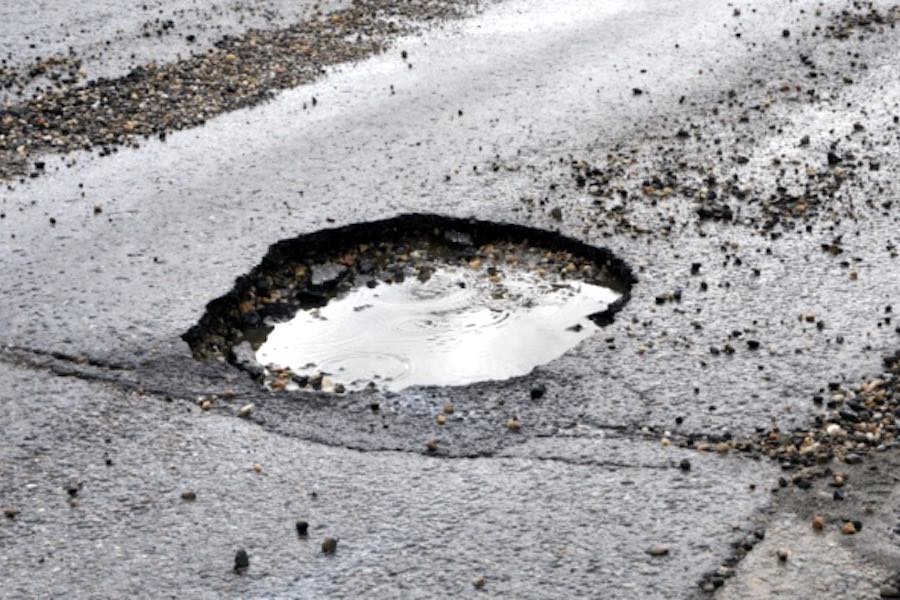MUSA 550 - Final Project
Emmy Park
Predicting Philadelphia’s 2024 Street Paving Plan
Introduction
Each year, the Philadelphia Streets Department releases their annual Street Paving Program and List, detailing the paving process and lists streets that the department will pave that year.
When I interned for the Street Department, my coworkers joked that the way the list was decided was one person randomly choosing whichever streets they thought needed it. I wanted to see whether or not that was actually the truth and if I can use existing data about to test it.
Data Sources
I chose to use data about the street’s physical and safety conditions to create the model. These data features include:
1. 311 Calls about Potholes (2022) (2023)
More calls about potholes likely means that the street needs to be repaved more than others. However, it should be noted that 311 calls are a biased data source. 311 callers tend to be whiter and richer.
2. Whether Street is a Non-Thru Street for Trucks
Without information on traffic levels for each street, we can use whether the street is open to trucks as a substitute.
Without information on traffic levels for each street, we can use street capacity as a substitute.
OTIS often aligns their restriping/safety plans with streets that are about to be repaved. A higher share of crashes would indicate a bigger need for safety interventions.
The LTS classification scheme is DVRPC’s estimation of comfort of bicyclists in traffic depending on number of lanes, effective vehicle speed, and presence/type of bicycle facility. Much like the crashes, a higher stress level should indicate a bigger need for bike safety interventions.
6. Whether Street Was Repaved in Previous Year (2022)(2023)
A street that was repaved in the previous year would likely not need to be repaved in this round of repaving.
